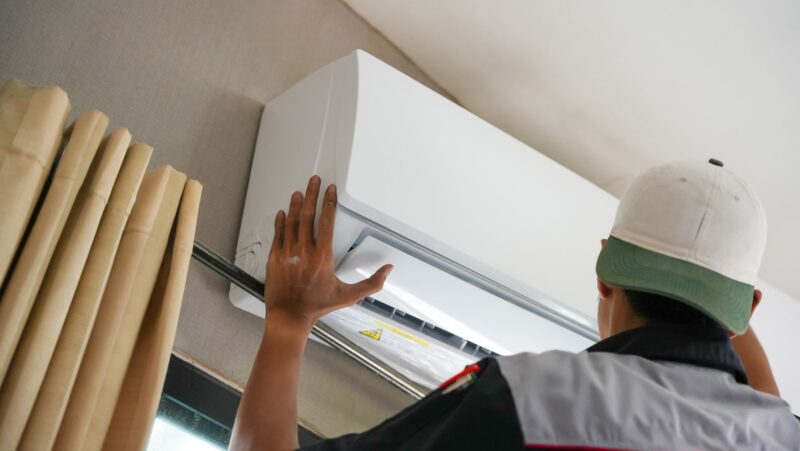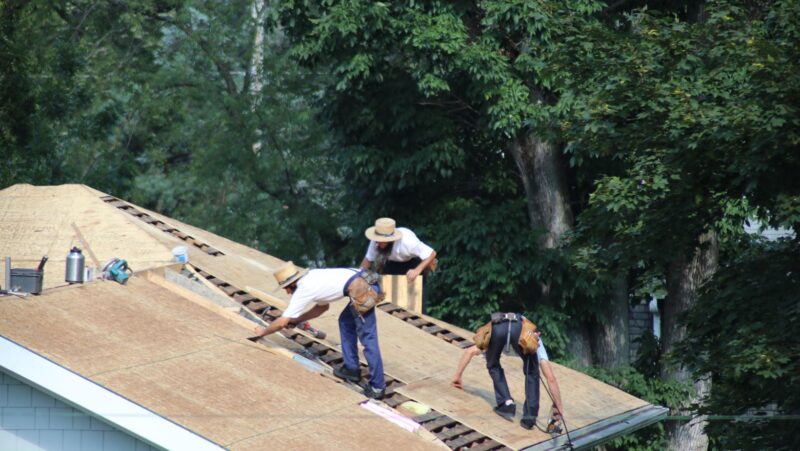
The last thing you want to encounter is standing water in your basement. But it doesn’t take much to create a situation where water is seeping into this part of your home. Fortunately, it is possible to prevent leaks from becoming a problem with a little maintenance.
Keep reading to discover five critical tasks that need your attention if you want to prevent basement leaks!
1. Clean Your Gutters Twice a Year
Gutters that are clogged with leaves, sticks, and other debris can contribute to leaky basements. When the gutters are full, rainwater will splash over the sides and toward your foundation. And when you have standing water around your foundation, that increases the risk of getting water in your basement. How do you avoid this situation? The answer is simple. Clean your gutters.
Clogged gutters are one of the most common causes of water seepage in a basement. Removing debris from your gutters every fall and spring can help avoid the buildup. You can complete this task with a few simple tools. Secure a ladder against your home, put on some gardening gloves, and use a hose to wash away the debris. Make sure your downspouts are clear, as well. And attach a corrugated pipe to your downspouts to ensure they deliver the water at least five feet from your foundation.
2. Check Your Sump Pump
Do you have a sump pump? Then make sure to verify that it’s working properly. To do this, simply pour water into the pit and wait to see if the sump pump activates. It should drain the water immediately.
Unusual noises or a lack of activation may indicate problems. If you’re heading into a season of stormy weather, it’s wise to seek maintenance or replace your sump pump right away. Without one, your basement could be more prone to flooding.
3. Evaluate Basement Windows
Your basement window wells can gather leaves, mud, and water. And these parts of your home are easy to neglect when it comes to seasonal maintenance. When you let debris collect in your window wells, the dirt and water can seep into your basement.
Be proactive about removing debris regularly as part of your seasonal care plan. Make sure you’re sealing caps with caulk. And do a visual inspection at the start of each new season.
4. Check for Cracks in Foundation Walls
You’ll need to scrutinize the walls and floors of your foundations as part of your maintenance checklist. Tiny cracks can be wide enough to let water enter your basement. As the ground thaws and freezes, your foundation can pay the price.

At least twice each year, plan on walking around your basement and looking for evidence of hairline cracks that have started to widen. An epoxy crack filler can prevent cracks from worsening. But if a DIY fix is not effective, it’s best to call foundation experts.
5. Walk Around Your Home
Make a point of checking the grading around your home. Ideally, it will slope away from your home. But if the soil looks flat, that can invite water to collect and potentially enter your home. You may need to build up soil to recreate a slope.
Check your irrigation system, as well. Ensure that the sprayer heads are angled to water your lawn and not your home. You’ll avoid wasting water. And less water aimed at your home means there’s less of a chance that the water will find its way into your basement.
Avoid Basement Leaks
Dealing with a leaky basement can be an expensive and messy headache. Thankfully, a commitment to routine upkeep and visual inspections can keep your basement dry. Check for cracks, build up the soil around your foundation, and clean your gutters. Doing these simple tasks a few times a year can save you from experiencing problems that hurt your home’s value.












